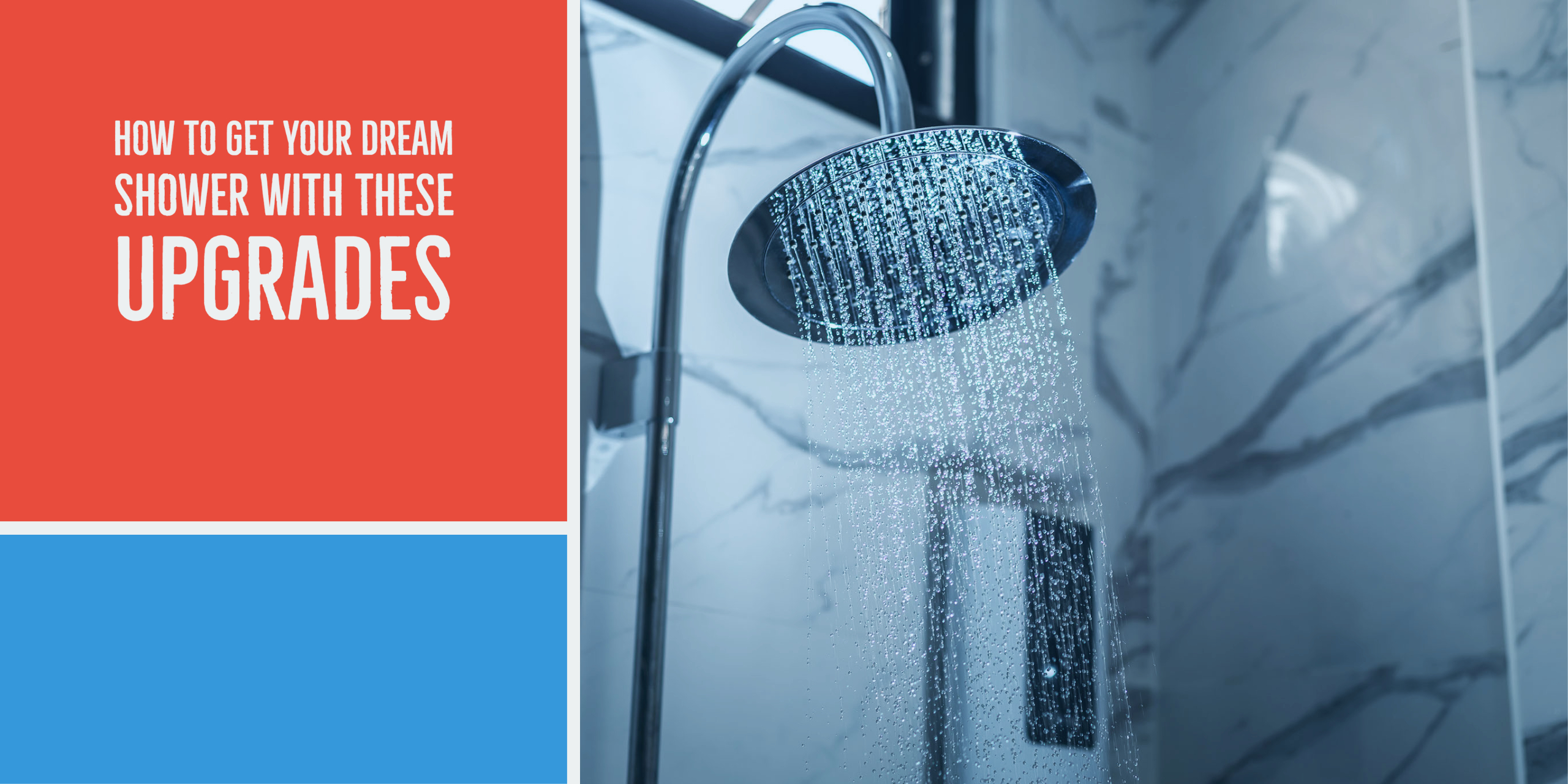Have you ever taken a shower in a hotel and wondered why all showers aren’t like that? The pressure was perfect, the water got up to temperature right away and stayed there, and the stall was big enough that you never worried about hitting your elbow on the wall. The showerhead had a ton of fancy settings, and if you were lucky, there was a hand shower or a body jet with even more. That’s the shower. Here’s your guide to getting a shower like that every day.
Shower type
If you’re renovating an existing shower, the choice of type may be made for you, or at least heavily influenced. The traditional choice in American bathrooms is between a tub shower, which is simply a showerhead that attaches above an existing bathtub, or a shower stall, in which the showerhead sprays onto a raised shower pan. The latter can have prefabricated or modular walls in a variety of shapes; a recent trend is for corner showers shaped like a quarter-circle (called neo-round showers) or a pentagon (neo-angular), which can make the most of a small bathroom.
If space isn’t an issue, consider the walk-in or Italian shower, which is increasingly trendy. Its shower pan sits below the floorboards, making it less of a tripping hazard, but it can only be installed in a bathroom with a recessed floor, and it must be large enough that water from the showerhead won’t pool outside the pan. An aesthetically similar but more elaborate option is the hammam shower, which includes a bench and steam fittings for an at-home spa experience.
Fixtures: A range of options
Although the term is sometimes used loosely, a showerhead is specifically a wall-mounted fixture that’s positioned above the body with an inflexible shower arm. A fixture attached to a hose is called a hand shower, and one that’s mounted lower on the wall with no arm or hose is called a body spray. Most modern fixtures have a range of water pressure and stream options, so read descriptions carefully.
Drains: New developments
The traditional drain is in the center of the shower and is 2 to 3 inches in diameter to easily fit the pipe. However, a recent trend has been for linear drains, which are shaped like an elongated rectangle; these won’t work in every shower but can allow for faster drainage.
Valves: Get the temperature you want
The majority of shower valves have a single control trim, usually a handle or knob that controls temperature, pressure and sometimes diversion (i.e., which fixture the water flows to). Thermostatic valves, however, are more precise temperature control trims that are separate from the pressure valve so that you can change the pressure without meddling with the temperature and vice versa. For even more certainty, you can opt for a digital thermostat so you always get the exact right water temperature.
Tiles: Think about the aesthetics
Remodeling isn’t just a time to consider the practical side of staying clean; it’s a time to consider the aesthetics. If you upgrade to a walk-in shower, think about redoing your wall and floor tiling to match your bathroom’s new look.
Source: HomeActions


